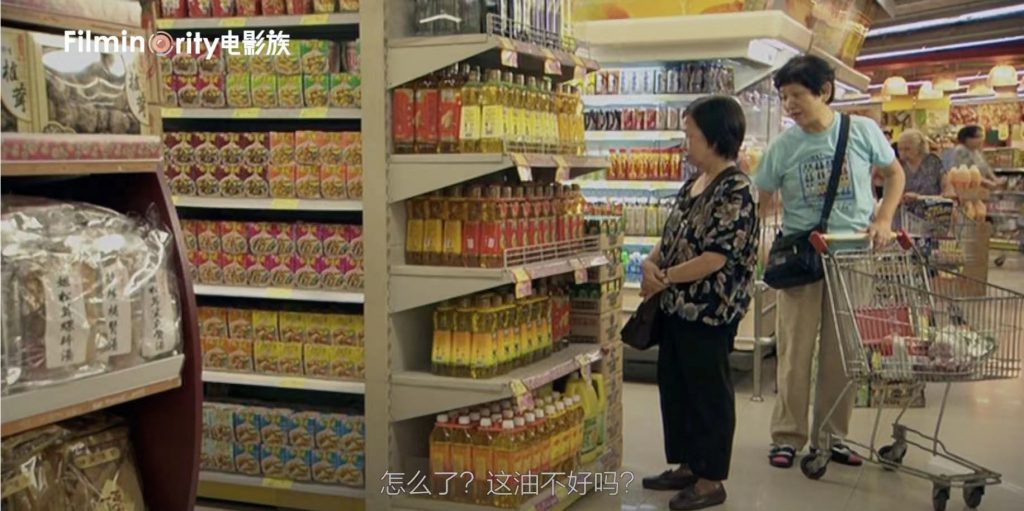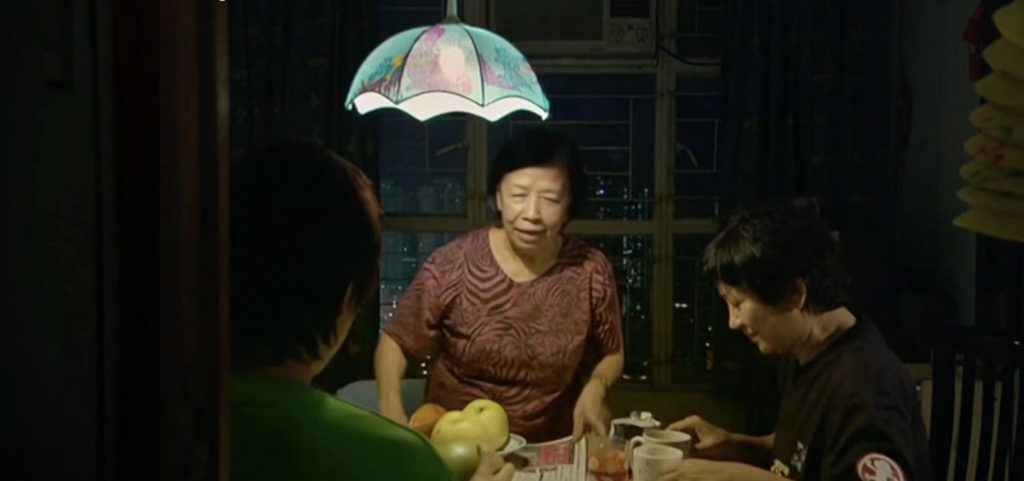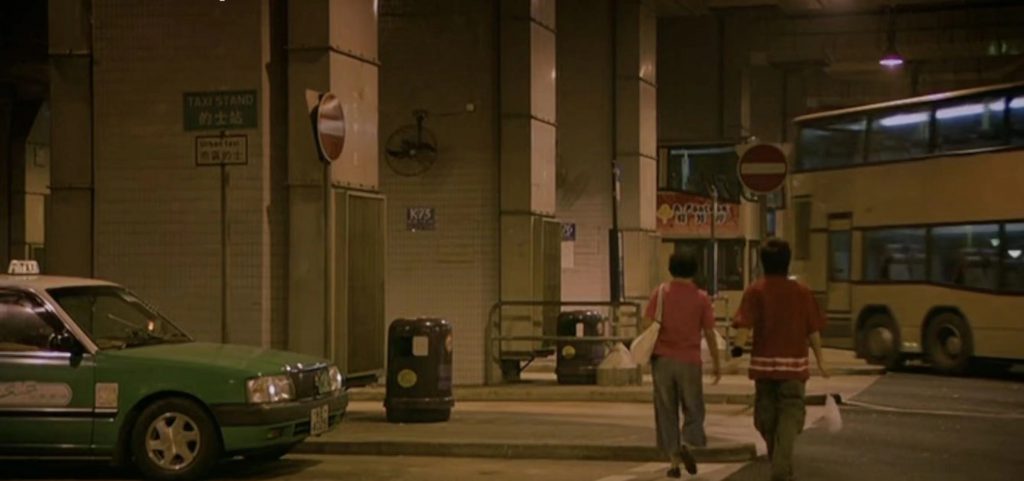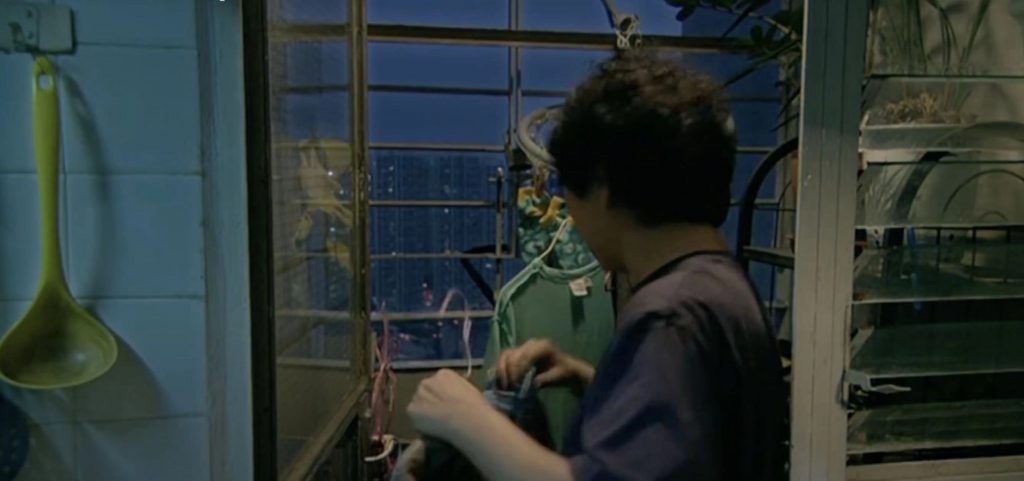The Way We Are, DIR. Ann Hui On-Wah (2008)
Tin Shui Wai, Yuen Long District, Hong Kong
<The Way We Are> 2008 is a film directed by Ann Hui that describes people’s daily lives at the bottom of Hong Kong society. Tin Shui Wai is located in northwest Yuen Long, West New Territories, Hong Kong, which is twenty-five kilometers from the central district, considered a poor area in the metropolis. The media even described the place as a tragic place because of the bad news that happened there at the time. Unlike many thrilling commercial films full of twists and turns, the film reflects the realities of life in a bland way throughout.

The film was not shot in a studio, but most realistic scenes and even many things were directly adopted from the original furnishings of the residents. Whether it is a house, a supermarket, a mall, or a vegetable market, these scenes are almost the same as these places in real life.
The story takes place in public housing, a microcosm of Hong Kong society. The film’s most frequent feature is the protagonist’s home, a tiny, shabby but cozy public house that is very close to the homes of ordinary citizens in Hong Kong. Public housing is characterized by repetition, each house has the same structure, and the people living in it repeat their lives day after day. The presentation of the film looks for the difference in repetition. Unlike the media description at that time, the lives of people living here are flat and warm. The most common scene in the movie is having dinner at a table. We can see the bustling city lights outside through the window, while inside, mother and son eat in the dim light. This contrast reflects ordinary people’s dull daily life in the bustling city.

The change of scene in the film also effectively advances the plot. The scene has two elements of time and space, so the transformation of the scene also means the transformation of space and time. The protagonist returns home from the supermarket and then moves on to the following location, indicating that the story is moving along. Each scene also implies some necessary information about the protagonist. The amount of laundry hanging out to dry or everyday items in Guai’s home is a clue to the unusual nature of the home. Furthermore, in the Leung’s room, one can feel the loneliness of this old lady. However, every scene is very lifelike, but also by no means random shooting. This kind of high harmony and integration between the characters and the scenery is easy to overlook, but it unconsciously immerses the audience.


This film places the characters in the most lifelike scenes without any significant plot conflicts, which genuinely reflects residents’ interpersonal relationships, social interaction, and economic status. The film is often based on real-life and higher-than-life. As the title of the movie The Way We Are, the narrative takes place in the most familiar buildings of everyday life and shows the most ordinary life but still gives the audience deep thinking.
Notes:
1 The Way We Are is a film by Ann Hui, a Hong Kong director. The film was released on March 27, 2008 in Hong Kong. The film tells the life story of a mother and son in Tin Shui Wai.
– Zuo Zihan, 3035953610
I appreciate your thoughtful reflection on how the spaces in the film are portrayed in a realistic, familiar and intimate manner. Perhaps, you can analyse the scenes more closely in terms of the visual techniques used. Overall, the fieldtrip references are rather limited, especially in terms of visual materials. You are also reminded to cite any references used. For example, what is the “media description at that time” and which source are you referring to?